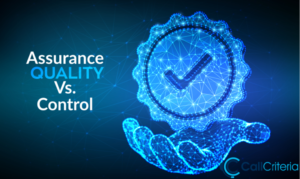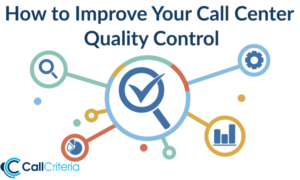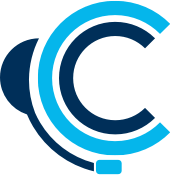×
About Us
Call Criteria has a proven track record of increasing customer service and ROI through high-performance Quality Assurance.
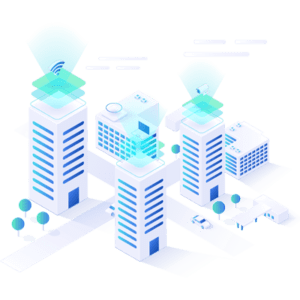
Contact Info
- 21781 Ventura Blvd #123 Woodland Hills, CA 91364
- Hello@CallCriteria.com
- (888) 489-1882
Call Center Quality Vs Quantity – Which Is Your Priority?
- Home
- Call Center Quality Vs Quantity – Which Is Your Priority?
January 16, 2021
Call Center Quality Vs Quantity – Which Is Your Priority?
Recent Post
-
 October 23, 2023
October 23, 2023The Importance of Quality Assurance in Business
-
December 14, 2023
Improve Customer Experience With Call Center Speech Analytics
-
 December 14, 2023
December 14, 2023Call Center Sentiment Analysis: A Guide to Enhanced Customer Insights
-
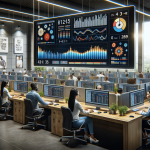 December 8, 2023
December 8, 2023Contact Center Analytics: Improve Performance with Your Data
Categories
- Agent Coaching (14)
- Agent Performance (24)
- Call Center (28)
- Call Center Outsourcing (19)
- Coaching (2)
- Communication (5)
- Compliance (3)
- Contact Center (48)
- Customer Service (22)
- Management (6)
- Measure (1)
- Performance (7)
- Planning (2)
- Quality Assurance (32)
- Quality Management (18)
- Speech Analytics (10)
- System (4)
- TCPA Compliance (3)
- Technology (16)
- Uncategorized (2)
Menu Links
Contact Info
- 21781 Ventura Blvd #123 Woodland Hills, CA 91364
- Hello@CallCriteria.com
- (888) 489-1882
Copyright 2023 Call Criteria All Rights Reserved.


